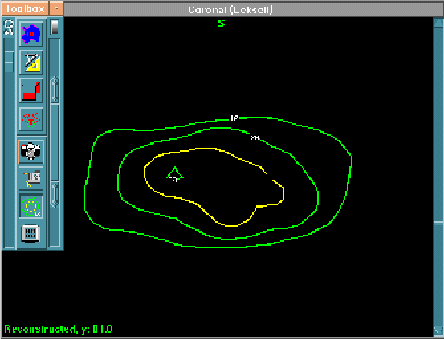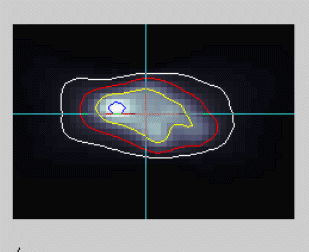Lars Leksell, a Swedish professor of neurosurgery, introduced stereotactic radiosurgery in the 1950's. He developed a dedicated treatment unit (the Gamma Knife) that uses the cross-firing beams from 201 Cobalt-60 sources to simultaneously irradiate an intracranial lesion [1]. Worldwide, the technique has expanded exponentially with over 190 Gamma Knives currently in operation. These units treated a total of 250,000 patients in the year 2003, compared with 7,000 in 1991. Use of the Gamma Knife therapy unit is assisted by GammaPlan software, which is used for predicting radiation doses delivered to the patient by the Gamma Knife. GammaPlan runs on a Unix workstation and assists an expert operator in determining the sequence of radiation delivery necessary to treat the lesion. The GammaPlan software supplied with the Gamma Knife is fast and effective through its use of perceptive assumptions that describe attenuation of photon beams within the head. However, there are conditions in which the assumptions are invalid (e.g. tissue inhomogeneity) and in these circumstances the GammaPlan simulation provides a flawed description of patient dose.

Dose contours - GammaPlan
